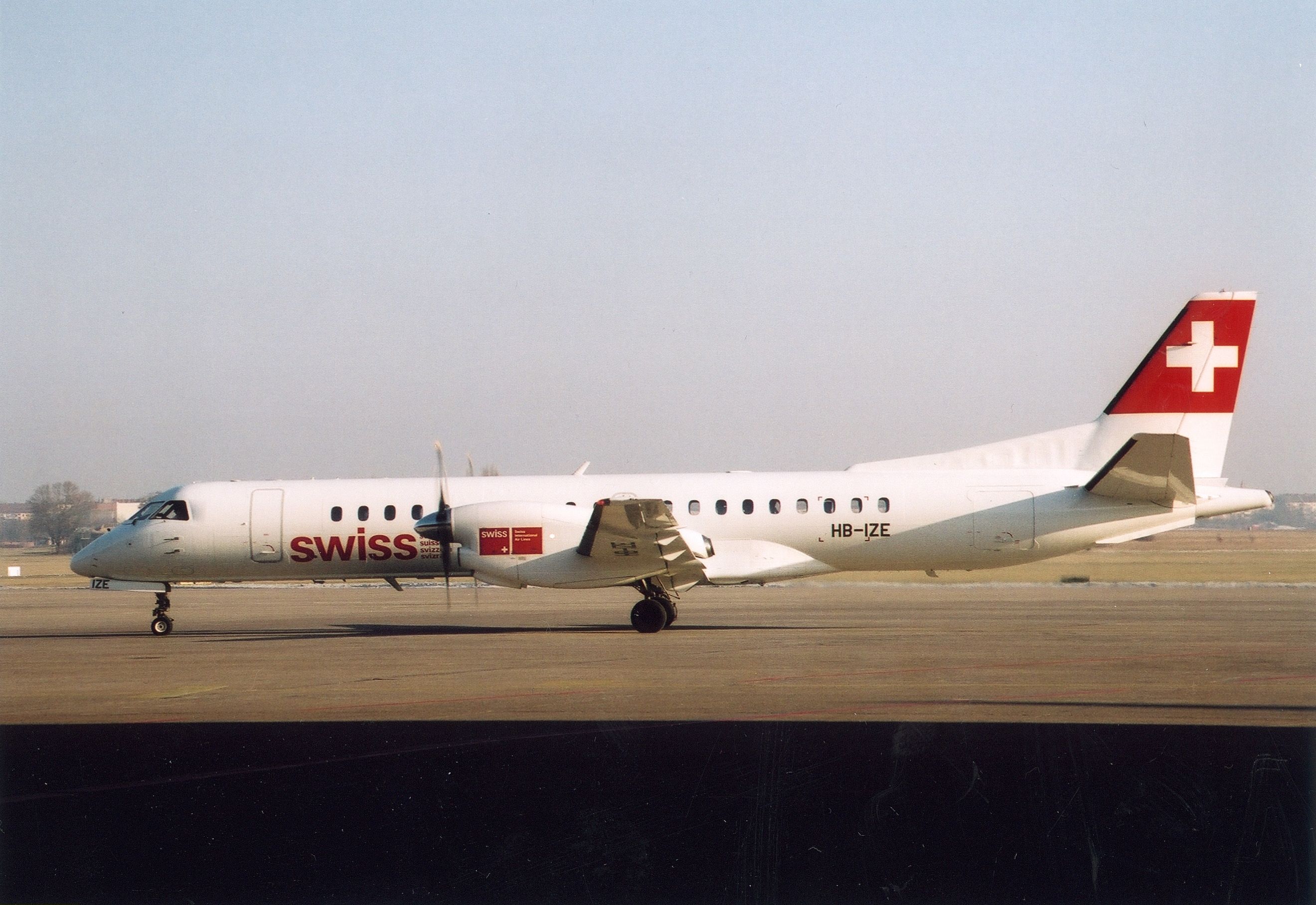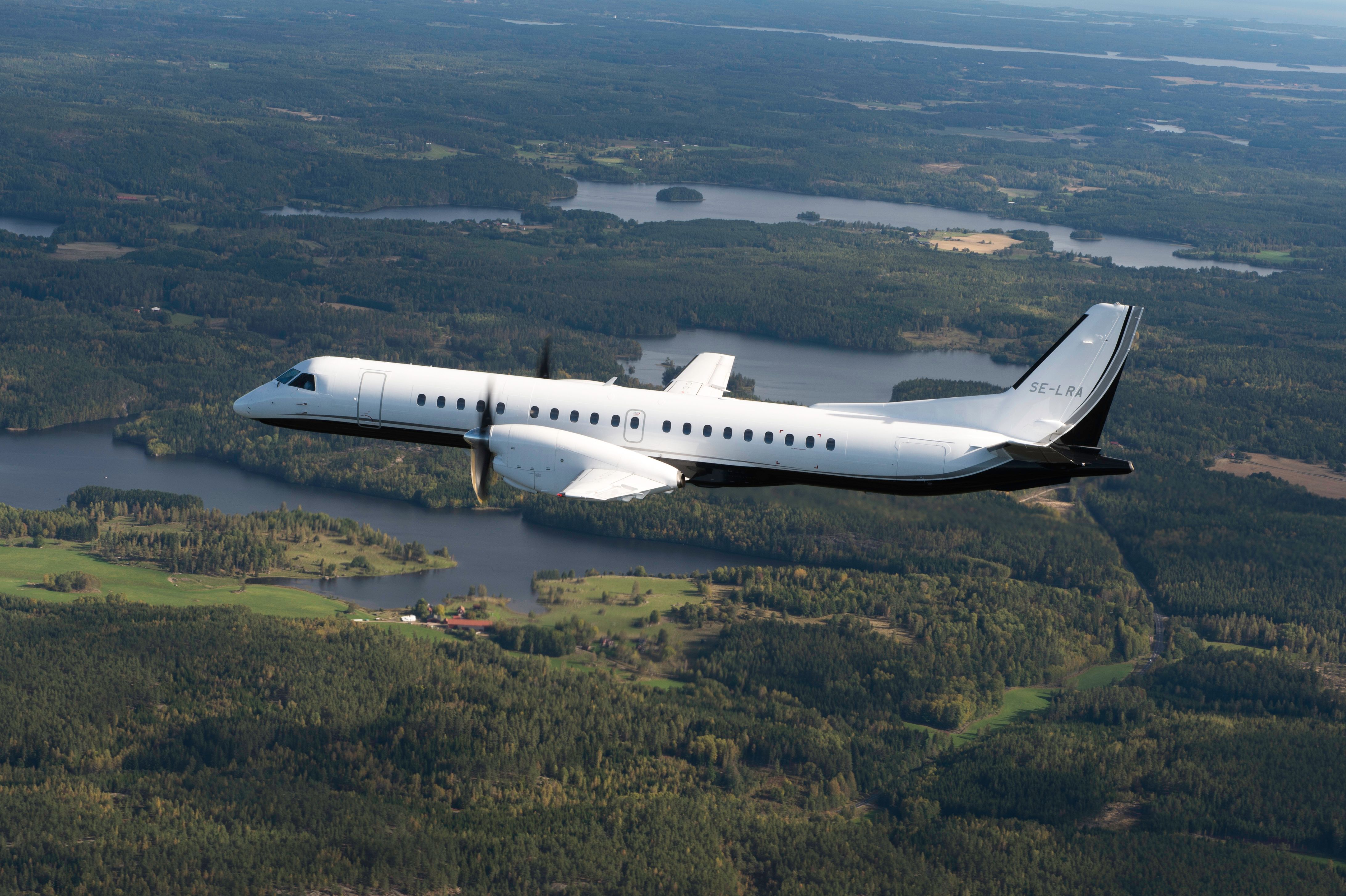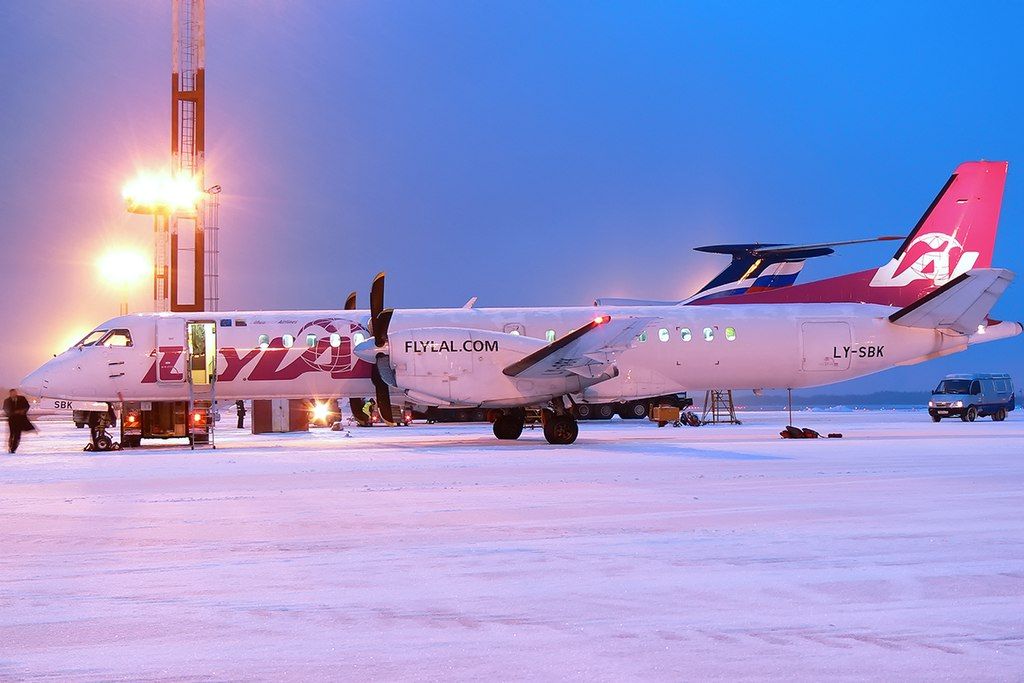Built at the Saab aircraft factory in Linköping, southern Sweden, the twin-engine Saab 2000 has been in service for 30 years. To see how the Saab 2000 came about, you need to look back to the early 1970s when Saab started thinking about commercial aircraft and not just military jets.
Saab was convinced that there was a market for short-haul regional aircraft that could carry around 30 passengers. Rather than fit the planes with jet engines, Saab opted to go with turboprops as they were much cheaper to operate. Partnering with American aircraft manufacturer Fairchild, Saab came up with the Saab-Fairchild 340. In 1985 after having made 40 planes, Fairchild decided to get out of the aviation business, leaving the project in the hands of Saab.
Saab decided to build a larger Saab 340
Following the Saab 340s popularity with airlines, the Swedish company decided to capitalize on the 340s success by building a 50 seat stretched version of the plane that it would call the Saab 2000. With firm orders for 46 aircraft and a further 147 options, the Saab 2000 first flew on 26 March 1992 before entering service with Swiss airline Crossair in September 1994.
Regional airlines purchased the Saab 2000 to transport passengers from smaller regional airports to more significant hubs that had long-haul international flights. Regional airlines would also use the Saab 2000 on point-to-point routes to smaller airports where passenger demand was high. Saab also sold the Saab 2000 to the Pakistan Air Force, who fitted it with Saab-Ericcson Erieye radar to be used as an early warning and control aircraft.
New Bombardier and Embraer jets killed the Saab 2000
Despite the initial enthusiasm and the fact that Crossair had bet big on the plane, sales were hit by the arrival of the Bombardier CRJ and Embraer ERJ 145. The CRJ and Embraer regional jets offered a better performance more passenger comfort and were sold for around the same price as the Saab.
The last plane was delivered to Crossair in April 1999, ending the production of the Saab 2000 at 63 aircraft. As airlines started replacing the Saab 2000 with jets, they became popular with cargo airlines. Picking them up relatively cheaply, cargo airlines would then pay to have the seats removed and use the Saab 2000 as a cargo carrier.
Second hand Saab 2000s also became popular with companies and private individuals. Several NASCAR teams used the planes to transport their crews to stock car races as it proved a cheaper option than chartering a private Jet.
General characteristics of the Saab 2000:
- Crew: Two
- Capacity: 50–58 passengers
- Length: 89 ft 6 in
- Wingspan: 81 ft 3 in
- Height: 25 ft 4 in
- Wing area: 600 sq ft
- Empty weight: 30,424 lb
- Max takeoff weight: 50,265 lb
- Powerplant: 2 × Rolls-Royce AE 2100P turboprop engines
- Propellers: 6-bladed Dowty Propellers
- Cruise speed: 413 mph
- Range: 1,549 NM
- Service ceiling: 31,000 ft
- Rate of climb: 2,240 ft/min
Ten Saab 2000s are listed as being active
Looking at the information provided by the aviation statistics and data website ch-aviation, we can see that of all the Saab 2000 aircraft built, only ten planes are listed as still being active. Of the ten planes, four belong to the Pakistan Air Force, with the others belonging to Meregrass and NYXAIR.
Meregrass is a Texas-based air charter company with three Saab 2000s listed as being active, while NYXair is an air charter company operating in Estonia and Finland. Of its Saab 2000s, four are listed as being active.



